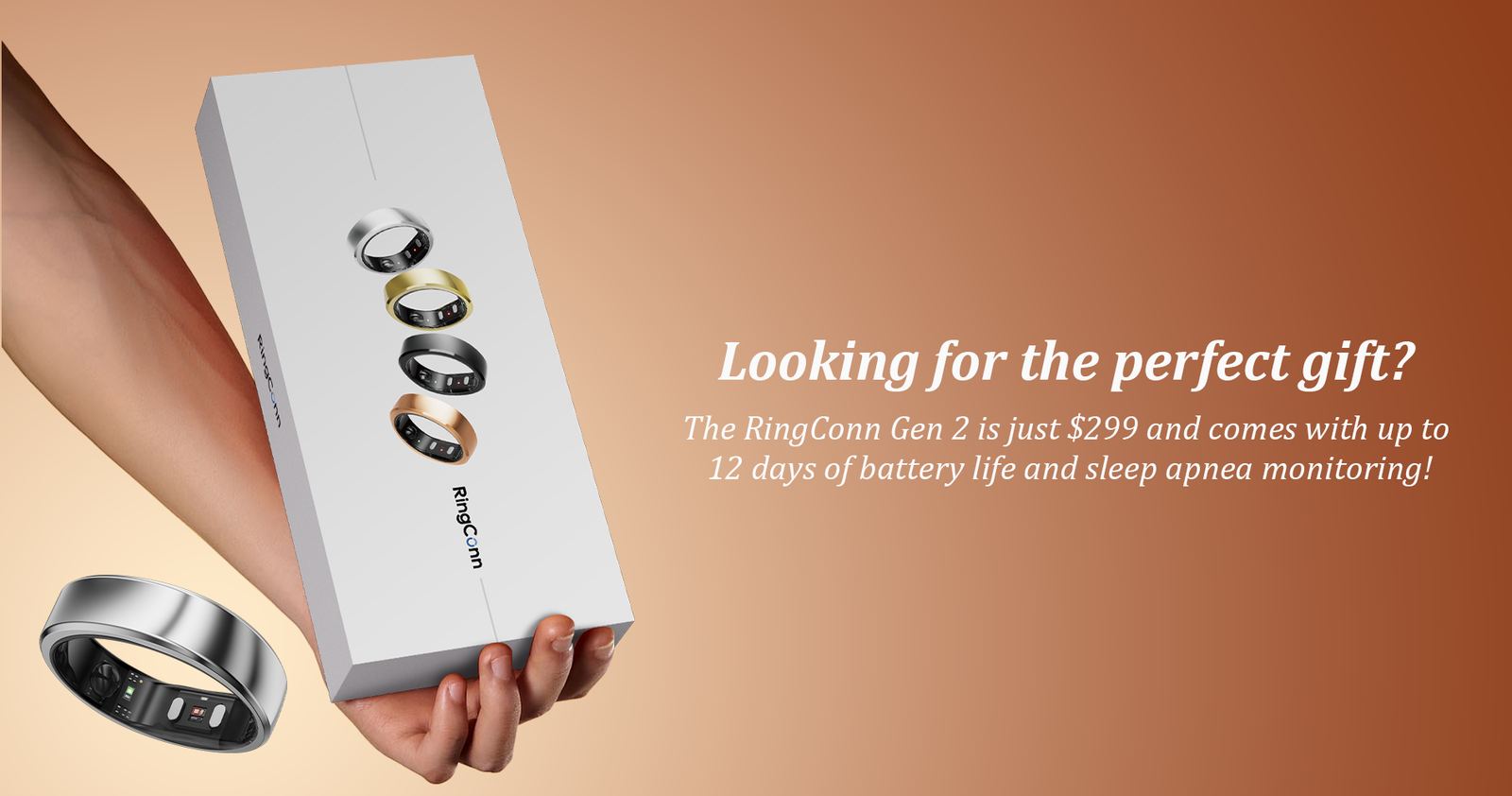“Everybody has a plan until they get punched in the face.” Mike Tyson’s iconic quote rings true far beyond the boxing ring. Often, life’s punches come not as fists, but as unexpected texts, missed signals, or small mistakes that snowball into overwhelming stress. These moments can leave us shaken, spiraling into shame and fear.
But what if, instead of bracing ourselves in judgment, we practiced self-compassion? What if we treated ourselves with the same patience and kindness we might offer a friend?
This is the journey Hannah Williamson explores through a personal story that transforms a moment of panic and error into a powerful lesson in self-leadership. Here’s how her experience unfolded—and how it offers a practical guide for building resilience through compassionate self-leadership.
Step 1: Responding to the Moment with Care
It began as an ordinary evening. A movie with her brother. The kind of loud, intense film that lingers in your nervous system long after the credits roll. Then came a message from a neighbor—her puppy had been howling during the movie. Though the pup was quiet now, the concern sent Hannah’s mind racing. Had the dog needed to go out? Was she frightened or sitting in a mess?
Anxious and distracted, Hannah returned to the car, only to remember she’d parallel parked in a tight spot. Still processing the movie and now gripped by concern, she attempted to maneuver out—only to scrape her car against a tree. A dent. A real, physical blow to cap off the emotional one.
In that moment, the inner critic pounced: How could I be so careless? What does this say about my ability to handle responsibility? Will this derail my financial goals?
Sound familiar?
We all hit those moments where our stressors collide—emotionally, logistically, financially. Instead of offering herself solutions, Hannah found herself slipping into shame and self-judgment. But here’s where the story begins to shift.
Rather than spinning in panic, she chose a different path. She paused.
She focused on the basics: driving home slowly and intentionally, taking a calming walk with her brother and thankfully unharmed puppy, and texting close friends for support. She grounded herself with small actions—tidying her space, eating, and getting a good night’s sleep. She tended to her immediate emotional and physical needs.
This first step—choosing self-care over self-condemnation—set the foundation for everything that followed.
Step 2: Rewriting the Internal Narrative
Something unexpected happened once Hannah began to calm her body and mind: her thoughts started to shift.
She began to contextualize what had happened. Two hours of simulated violence had left her overstimulated. Her concern for her pet was understandable, even commendable. The driving mistake? An accident in an already stressful moment, not a moral failing. Her emergency fund existed for precisely this kind of surprise.
Support from her friends helped reframe the event even further. One shared her own dented car story, another reminded her that mistakes don’t cancel out responsibility or character. These responses weren’t just comforting—they were transformative. They helped her rewrite the internal script from “I’m so stupid” to “I had a tough moment, and I handled it the best I could.”
This is the power of storytelling. Not the stories we tell others, but the ones we tell ourselves. When we can shift the narrative from shame to understanding, from criticism to curiosity, we free ourselves to respond—not react.
Step 3: Facing the Problem from a Place of Strength
With a calmer body and a more compassionate mindset, Hannah could finally return to the practical problem at hand: the dent in her car.
She approached it not with urgency, but with clarity. She considered whether to file an insurance claim or pay out-of-pocket. She took photos, gathered estimates, reviewed her finances, and consulted friends for advice.
These may seem like simple steps, but they are often inaccessible in moments of crisis. Fear narrows our thinking; shame clouds our judgment. By first tending to her well-being and then shifting her internal story, Hannah gave herself the emotional tools needed for effective problem-solving.
And being a writer, she recognized that this story could serve a purpose beyond herself—offering a roadmap for others who find themselves grappling with unexpected stress and self-blame.
Leading Yourself with Kindness
We’re all going to make mistakes. We’re all going to find ourselves overwhelmed, off balance, or doubting our own capabilities. The question is: who will we be to ourselves in those moments?
Compassionate self-leadership isn’t about ignoring mistakes. It’s about responding to them with grace. It’s about pausing to care for ourselves before rushing into solutions. And it’s about rewriting the internal narrative so we can meet challenges with clarity instead of fear.
This approach doesn’t just help us bounce back—it helps us grow stronger, wiser, and more connected to our values. It allows us to lead ourselves gently, even when life feels harsh.
And perhaps, most importantly, it gives others permission to do the same. When we model self-kindness, we invite those around us to let go of perfection and embrace a more human—and more sustainable—way of navigating life’s inevitable punches.
So the next time life swings unexpectedly, remember: slow down, breathe, tend to your needs, and tell yourself a better story. That’s the foundation of compassionate self-leadership. And it’s within your reach.





